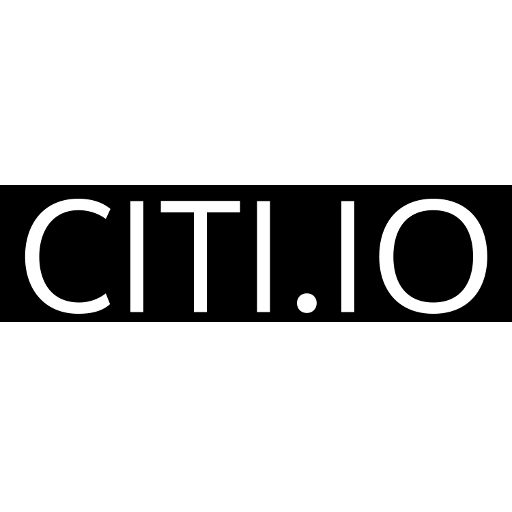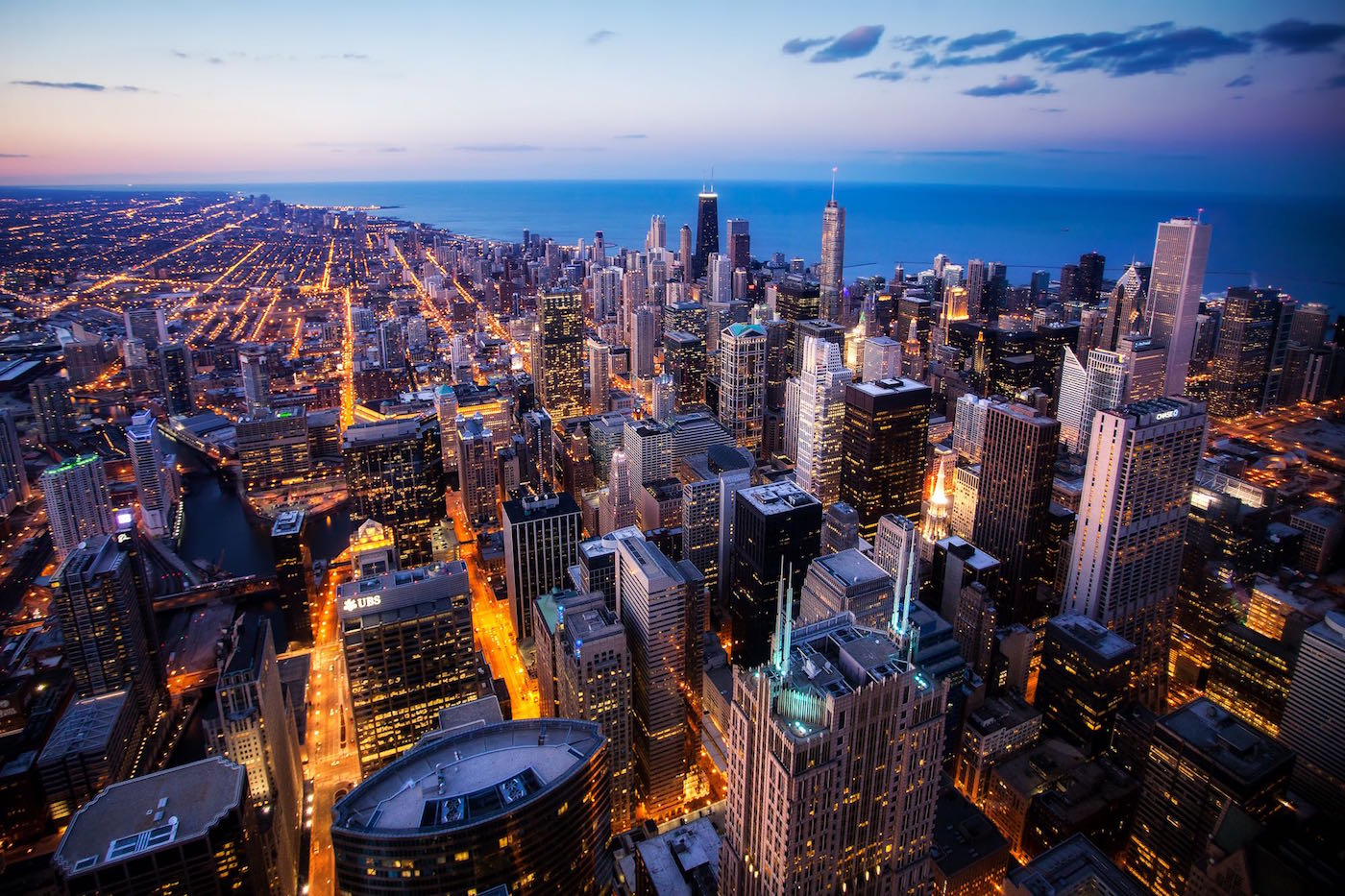When the late Pope Francis first stepped on to the balcony of Saint Peter’s Basilica following his election 12 years ago, he remarked that he had been called almost from the “end of the world”. He was the first non-European pontiff since Gregory III, elected in AD731, who was of Syrian origin. And he was the first pope in history to come from Latin America.

Ricardo Perna / Shutterstock
This is not merely a biographical detail. His papacy was transformative in shaping a Catholic Church that was not focused solely on Europe. He shifted its attention from the old continent to the world’s peripheries, aspiring to create a truly global church.
Before his election, Pope Francis was called Jorge Mario Bergoglio and had, since 1998, held the office of Archbishop of Buenos Aires. In Argentina, he worked to expand and support the efforts of priests serving in the slums.
The Catholic Church has maintained a presence in the peripheries of Buenos Aires since the 1960s, when a group called Priests for the Third World established itself in impoverished neighbourhoods. These priests advocated for the rights of their parishioners and preached liberation theology, a movement that aligns the Catholic Church with the struggles of marginalised groups.
The theme of the peripheries became a defining thread of Pope Francis’s papacy. Days before he became pope, Francis told the cardinals that elected him that the Church must “come out of herself and to go to the peripheries, not only geographically, but also the existential peripheries”.
From our partners:
Without doing so, he warned, the Church risks becoming structurally disconnected from the ambivalent and contradictory processes that shape the modern global era.
Pope Francis navigated a complex relationship with liberation theology. Some interpretations of the movement, which gained prominence in the late 1960s, incorporate Marxist elements. This raised concerns within the Church hierarchy and among western governments during the cold war.
As a young Jesuit in Argentina, Bergoglio was influenced by the 1969 Declaration of San Miguel. This rejected Marxist interpretations of liberation theology and developed an alternative called the “theology of the people”. Rather than drawing on Marxist analysis, it emphasises the faith, culture and spiritual expressions of ordinary people, especially the poor.
And from 1976 to 1983, when Argentina was ruled by a military dictatorship, Bergoglio distanced himself from radical priests engaged in liberation theology. His caution not to alienate military hierarchy led to tensions, most notably in the 1976 abduction of two Jesuits, Orlando Yorio and Franz Jalics.
The then Father Bergoglio was accused of withdrawing his protection from the priests, which allegedly left them exposed to the regime. In 2005, a secret dossier was anonymously circulated among cardinals accusing him of complicity in the abduction, based on a complaint by human rights lawyer Marcelo Parrilli.
Some sources claimed this was smear campaign orchestrated by Jesuits who had previously clashed with Bergoglio. And in his testimony, Bergoglio stated that he met on two occasions with the dictators and members of the military, Jorge Videla and Emilio Massera, but to intercede on behalf of the detained priests. The Vatican denied he was guilty of any wrongdoing.
Despite his cautious stance, Bergoglio consistently upheld the Church’s priority of addressing the needs of the poor. This was a principle that later defined his papacy. As Pope Francis, he softened the Vatican’s previous opposition to liberation theology, reaffirming its emphasis on social justice while distancing it from Marxist rhetoric.
A post-European Pope
Pope Francis’s predecessor, Joseph Ratzinger, maintained a profound engagement with Europe. This shaped his thinking as a theologian, cardinal and later as Pope Benedict XVI. His papacy was marked by numerous visits across the continent, where he delivered significant speeches on the Church’s role and Europe’s intellectual and spiritual challenges.
One of his most notable speeches, delivered at the University of Regensburg in Germany in 2006, sparked considerable controversy in the Muslim world. The lecture explored Europe’s relationship with Christianity and its future responsibilities.
But it became infamous for his quotation of Manuel II Palaiologos, a Byzantine emperor who characterised aspects of Islam as violent. This remark provoked widespread anger and protests across the Muslim world, highlighting the sensitivities surrounding interfaith dialogue and the role of religion in global politics.
In contrast, Pope Francis recognised that Christians must go “beyond the walls” to embrace humanity as a whole. In his vision, the Church should function as a “field hospital”, extending its care even to the so-called “churches of the decimal point” – those with only a tiny percentage of Catholics relative to the populations in which they exist.
Under his leadership, the Vatican’s geopolitical focus shifted significantly. The composition of the College of Cardinals, which will elect his successor, has changed. The historic European influence has been diluted.
The regional distribution of the 135 cardinal electors now includes 23 from Asia, 20 from North America, 18 each from South America and Africa, and three from Oceania. Europe, which comprised a slight majority of the body when Francis was elected in 2013, has 53 cardinals.
This diversification aligns with Francis’s vision of a Church that is truly present across the globe. Pope Francis’s apostolic journeys further reflected this global reorientation, taking him to places such as Iraq, Kazakhstan, the United Arab Emirates and South Korea.

Jon_photographi / Shutterstock
Another major transformation has been in the Church’s relationship with political power. While Ratzinger often saw alliances with political parties as necessary to safeguard the Church’s survival in an era of secular decline, Francis rejected this approach.
As he stated in Kazakhstan in 2022, “the sacred must not be instrumentalised by the profane”. This stance has drawn criticism, particularly in relation to his responses to conflicts in Ukraine and Gaza. His constant appeals for peace, rather than direct condemnation of religious or political leaders, led some to perceive his position as one of “neutralism” or even pro-Russian.
Yet his approach appears to have been rooted in the conviction that dialogue is essential, even with the most controversial figures. This was evident in his willingness to engage with General Min Aung Hlaing, the head of Myanmar’s military government, further underscoring his effort to desacralise worldly power.
Massimo D’Angelo, Research Associate in the Institute for Diplomacy and International Affairs, Loughborough University
This article is republished from The Conversation under a Creative Commons license. Read the original article.













